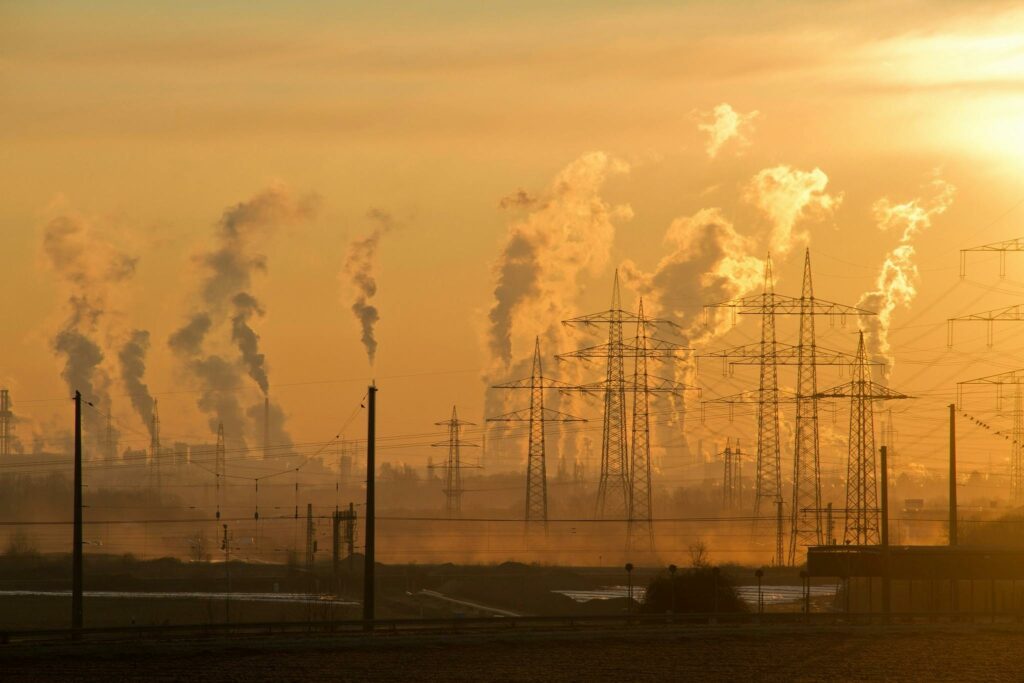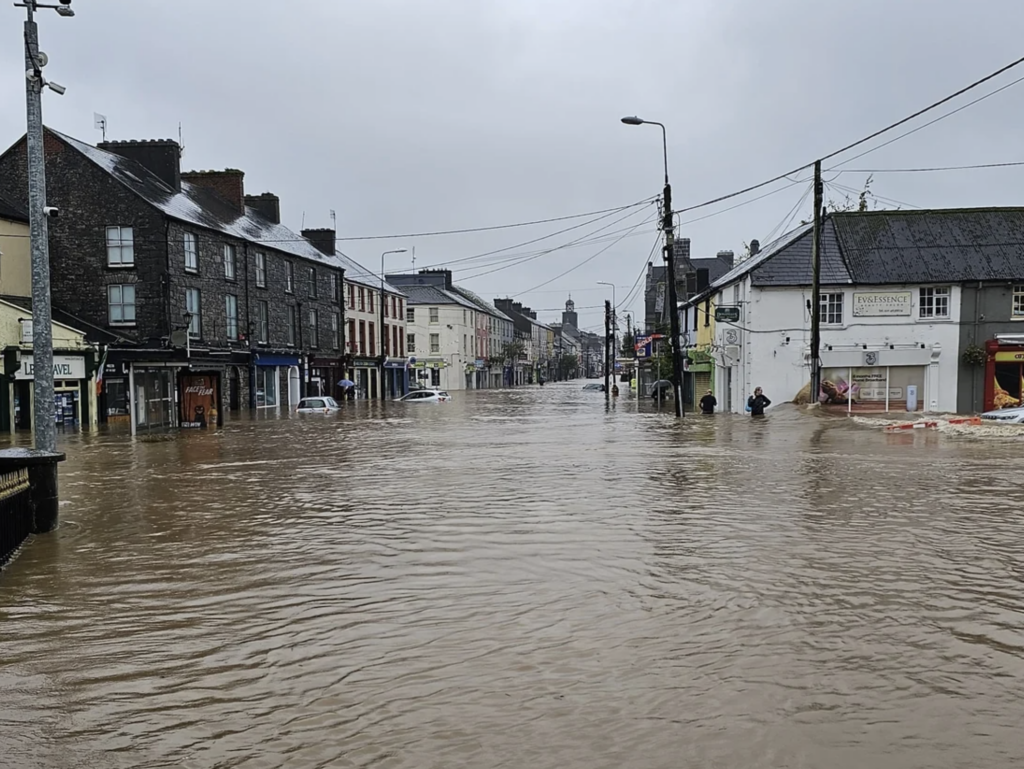Article by ZWAI member Patrick Meighan

Background
The World Meteorological Organisation has released its annual State of Global Climate report for 2024. According to the WMO, “clear signs of human-induced climate change have reached new heights in 2024.”
The report examined several key climate indicators, many of which reached record levels. It also highlights the massive economic and social disruptions caused by extreme weather events. Perhaps most starkly, the WMO stated that this climate damage, driven by human activity, is “irreversible over hundreds, if not thousands, of years.”
Key Climate Indicators at a Glance
For the first time, the global average temperature was recorded at 1.55°C, making 2024 the warmest year in the 175-year history of climate records. The concentrations of carbon dioxide, methane, and nitrous oxide continued to rise throughout 2024.
The report also looked at ocean conditions, noting that ocean heat has reached its highest level in the 65-year observational period, with each of the last eight years setting new records. Additionally, ocean acidification continues to increase, as measured by the global ocean pH level.
The WMO also reported that the period from 2022 to 2024 represents the most negative three-year glacier mass balance on record. In the Arctic, the minimum sea ice extent for 2024 was 4.28 million square kilometers, marking the 7th lowest level recorded in the past 46 years of satellite data.
Extreme Weather Events
Extreme weather continues to wreak havoc around the world. The WMO reported that high-impact weather events like tropical cyclones, heatwaves, floods, and droughts have led to the highest number of new displacements in a year since 2008. These events cause widespread economic losses, worsen food crises, and destroy homes, critical infrastructure, forests, farmland, and biodiversity.
In 2024, eight countries saw at least 1 million more people facing severe food shortages than in 2023. This rise in food insecurity is mainly due to a global decline in cereal harvests, driven by widespread drought. In regions like Southern Africa, these droughts were linked to El Niño conditions.
The Irish Context

Ireland is not immune to the alarming trends highlighted in the WMO’s report. Met Éireann’s provisional Climate 2024 report confirms that last year was Ireland’s fourth warmest on record, with rising temperatures, increased rainfall, and more frequent extreme weather events. Communities around the country are feeling the impact—from severe flooding in Cork and Galway to unseasonal storms battering the west coast—while farmers face disrupted growing seasons.
Waste and Climate Change
Climate change is driven in large part by the waste of resources, especially when those resources are produced using fossil fuels. A shift towards zero waste and a circular economy is crucial for addressing both climate change and the environmental degradation highlighted by the WMO.
Waste contributes to climate change primarily through the release of greenhouse gases. When materials are incinerated, carbon dioxide is emitted, and when our rubbish goes to landfill it emits significant levels of methane. Additionally, waste products like water, energy, and certain chemicals generated during the production cycle have harmful effects on the climate and biodiversity.
Ultimately, reducing our consumption is key to cutting greenhouse gas emissions. This includes rethinking how we produce, use, and dispose of resources—many of which end up in landfills or are incinerated. By adopting a circular ‘zero waste’ approach, we can significantly reduce the environmental impact of waste and help combat climate change.
What’s Next?
WMO Secretary-General Celeste Saulo emphasised, “Our planet is issuing more distress signals—but this report shows that limiting long-term global temperature rise to 1.5°C is still possible. Leaders must step up to make it happen, seizing the benefits of cheap, clean renewables for their people and economies.”
The WMO also stressed the importance of protecting communities at risk from these increasingly intense extreme weather events. While the WMO and the global community are intensifying efforts to improve early warning systems and climate services, progress has been slow. Currently, only half of all countries have reliable systems in place to warn against multiple hazards. More urgent action is needed to ensure these systems are expanded and strengthened globally.
Want to get involved with ZWAI and help us put pressure on government for more action? Join us as a member! Please help us spread the word too by sharing this article and liking and sharing our posts on social media. Thanks for your support! 💚
